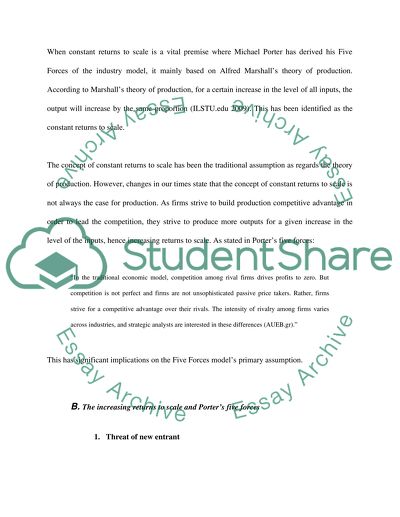Cite this document
(“TOPIC NO 9 Essay Example | Topics and Well Written Essays - 2750 words”, n.d.)
Retrieved from https://studentshare.org/miscellaneous/1551820-topic-no-9
Retrieved from https://studentshare.org/miscellaneous/1551820-topic-no-9
(TOPIC NO 9 Essay Example | Topics and Well Written Essays - 2750 Words)
https://studentshare.org/miscellaneous/1551820-topic-no-9.
https://studentshare.org/miscellaneous/1551820-topic-no-9.
“TOPIC NO 9 Essay Example | Topics and Well Written Essays - 2750 Words”, n.d. https://studentshare.org/miscellaneous/1551820-topic-no-9.


